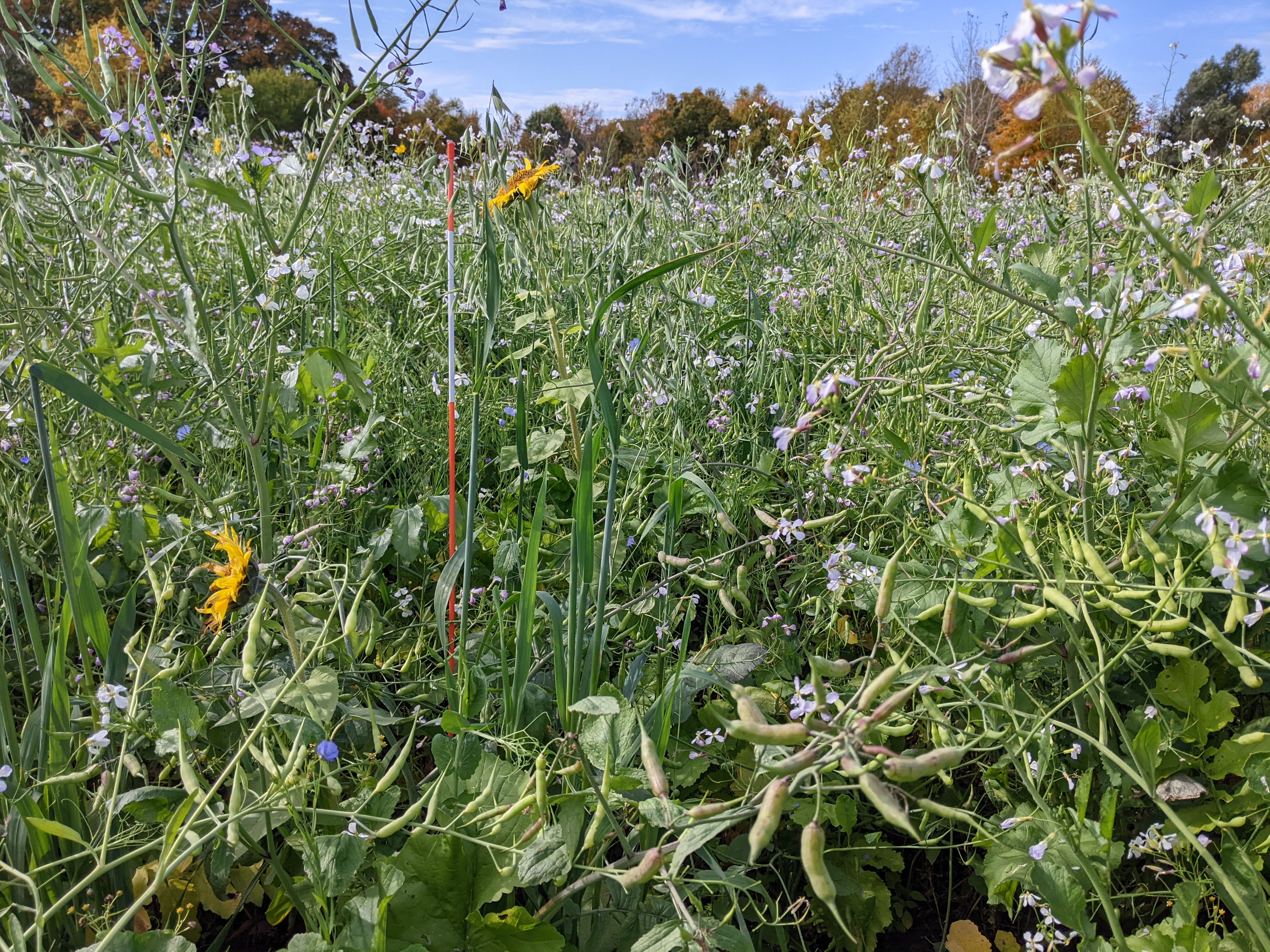Controlling erosion with cover crops
Stop losing your most valuable asset. Plant cover crops.

As a farmer, one of your most valuable assets is your land. The topsoil of the land is what can make or break the yield on a field. Protecting this resource and keeping it in place should be a priority for every farm. In the past, farmers used cover crops for a few reasons like forages and erosion control. There are different times of year erosion can occur more intensely: wind erosion in the winter and water erosion in the fall and spring.
Cover crops are a great tool farmers can use to minimize soil movement off the field. Active roots in the soil hold the soil from water erosion while above ground growth shields soil movement from wind erosion. Covering the soil also protects the soil from rainfall splatter. When it rains, water hits the soil at a great impact causing soil to be displaced.
Types of erosion
Sheet and rill erosion occur when infiltration is slow and water is able to move quickly over the surface. It carries soil particles and nutrients with it. It can occur any time there is bare soil and significant precipitation events, especially post-fall harvest and before spring planting. Fields with poor infiltration because of compaction are especially susceptible.
Wind erosion occurs when bare soil allows high winds to carry topsoil away. Soils are most susceptible when they begin to dry in early spring, but wind erosion can also happen throughout the winter. Just think about all the dirt-filled snowbanks you see around field edges and in windbreaks (Photo 1).
You can customize your cover crops based on the type of erosion that is causing you the most problems in a specific field. Some cover crops are more suitable to prevent one kind of erosion or the other.
Following small grains, corn silage, dry bean and some vegetable crops, plant a mix of warm season and cool season grasses, legumes and brassicas. Harvesting July – August can leave a large window in which ground is exposed to late summer and fall washouts. This is a great time to get high diversity cover crop mixes planted that will protect soil from late summer and fall rains (Photo 2). Many farmers choose species that will not overwinter to avoid any necessary termination in the following spring. Even if the mix winter kills, the extra residue on the surface can slow down water and wind all winter.

Following corn and soybean harvests in late fall, there is still often time to plant cereal rye, a farmer favorite. Even with minimal fall growth, cereal rye can provide crucial protection from spring washouts and wind. It is not recommended to plant cereal rye later than one week after the 50% frost date. Interseeding cereal rye into your cash crop at V3 – V7 corn or at leaf drop for soybeans by highboy seeder, drone or airplane can also ensure your cover crop gets planted even if harvest gets delayed. To find planting date and seeding rate recommendations for your county, check out the Midwest Cover Crop Council Row Crop Selector Tool.
For more information or to help decide what cover crop will be best for your farm, contact your local Michigan State University Extension educator. More information can also be found at the Midwest Cover Crop Council website.



 Print
Print Email
Email